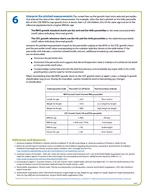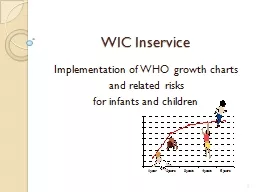PDF-CS Lasted Updated May National Center for Chronic Disease Prevention and Health Promotion
Author : faustina-dinatale | Published Date : 2014-12-03
The WHO growth standards for children younger than 2 years have been adapted for use in the United States Use the CDC growth charts for children and teens aged 2
Presentation Embed Code
Download Presentation
Download Presentation The PPT/PDF document "CS Lasted Updated May National Center f..." is the property of its rightful owner. Permission is granted to download and print the materials on this website for personal, non-commercial use only, and to display it on your personal computer provided you do not modify the materials and that you retain all copyright notices contained in the materials. By downloading content from our website, you accept the terms of this agreement.
CS Lasted Updated May National Center for Chronic Disease Prevention and Health Promotion: Transcript
Download Rules Of Document
"CS Lasted Updated May National Center for Chronic Disease Prevention and Health Promotion"The content belongs to its owner. You may download and print it for personal use, without modification, and keep all copyright notices. By downloading, you agree to these terms.
Related Documents














